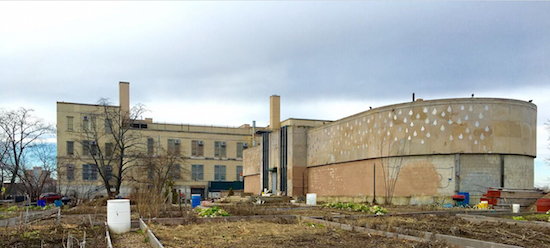Flood-prevention study makes Coney Island Pumping Station’s future uncertain
Eye On Real Estate

The long-vacant Coney Island Pumping Station (the building at right) stands on the shoreline of Coney Island Creek. Eagle photos by Lore Croghan
The fate of the Coney Island Pumping Station depends on the outcome of a flood-prevention study.
The Art Moderne masterwork was on the Landmarks Preservation Commission’s calendar for landmark designation consideration — which meant it couldn’t be demolished without the preservation agency’s permission.
That protection is gone now because the commission voted on Feb. 23 to remove the long-vacant building at 2301 Neptune Ave. from its calendar.

Coney Island
View MoreIn just a little over an hour, you can be transported from the glitz and glamor of Manhattan to the old-school amusement of Brooklyn's storied Coney Island. The destination offers thrills, sun, surf and a unique brand of entertainment that will feel worlds away from the rest of the City.